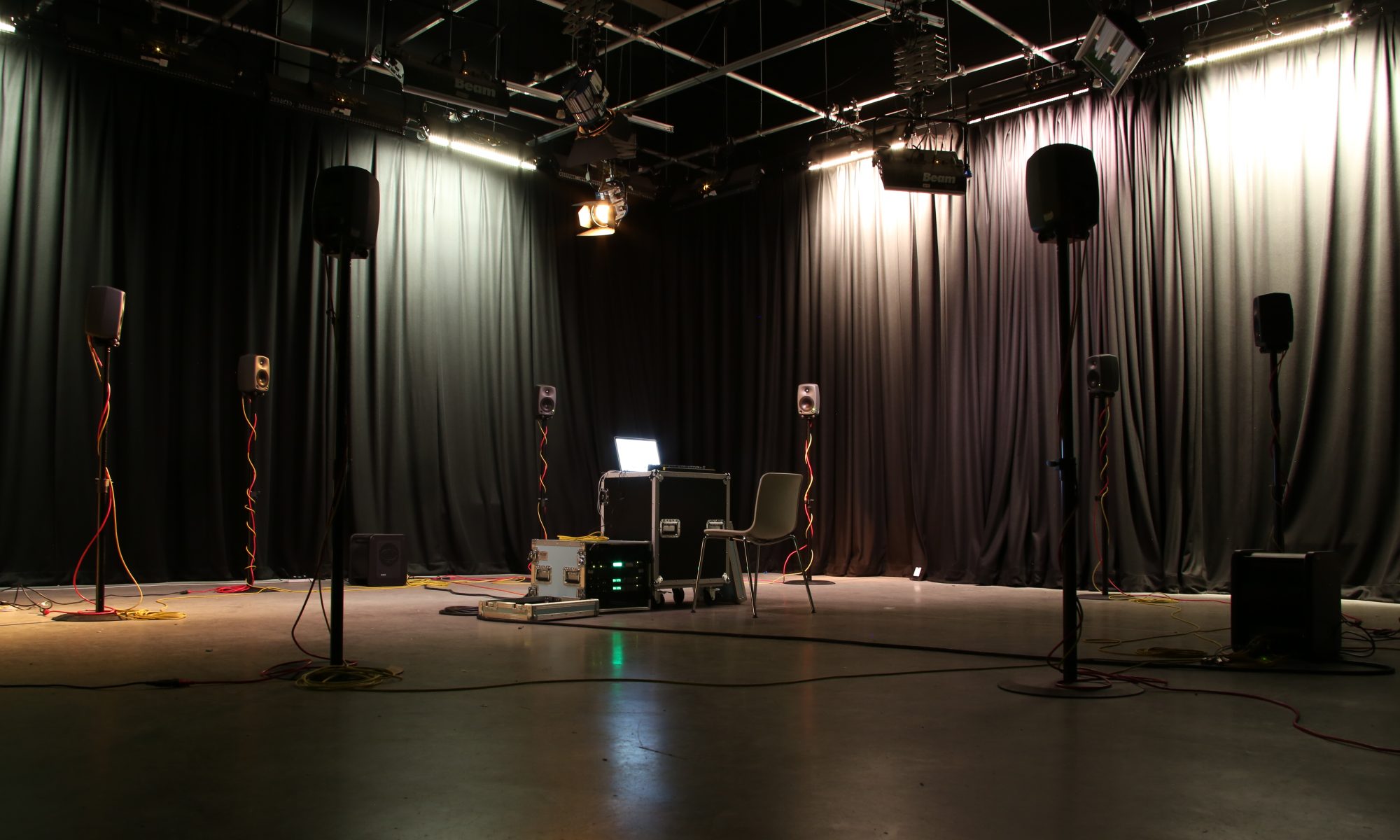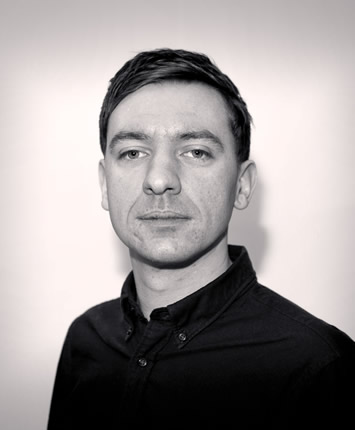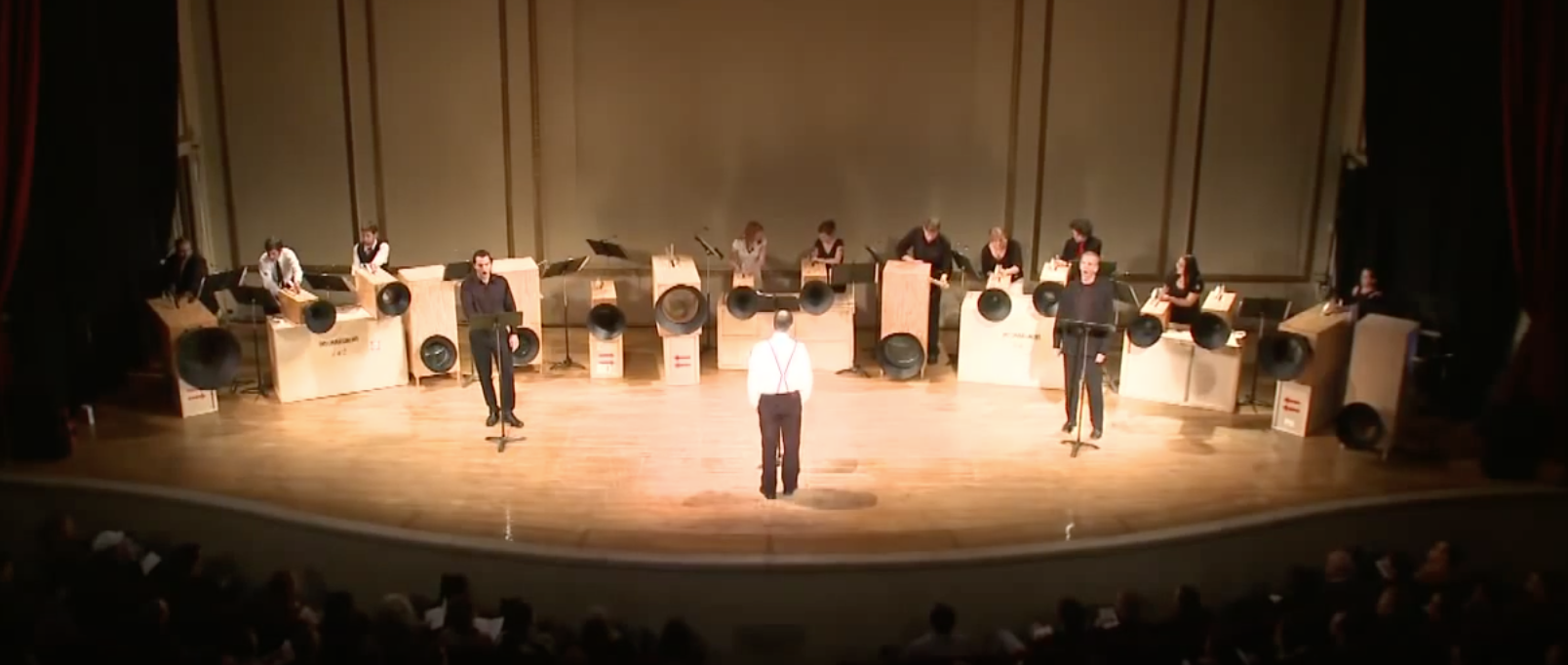Emmy Award Winning Sound Designer, Paula Fairfield reveals how she designed sound for the iconic creatures in Game of Thrones.
With surround sound examples and stems from major scenes in Season 7, Paula will discuss the evolution of creature sound sets: including the dragons, the wights, the Whitewalkers, the polar bear, the direwolves, and the ice dragon.
Exploring her inspirations and the challenges encountered along the way (like the dragons growing up), Paula will reveal the challenges of Sound Design for a Major Television Production such as Game of Thrones and the importance of careful planning, especially in a series that can potentially span years.
—————–
Biography
Paula Fairfield is an International and Emmy award winning sound designer for tv, film, commercials, and basically anything that makes noise. She has eight Emmy nominations with one win for her work on Game of Thrones, along with multiple wins and nominations for her work in both The US and Canada. During her career she has had the privilege of working on tv projects such as the iconic LOST and visionary filmmakers like Robert Rodriguez, Brian DePalma, Paul McGuigan and Darren Aronofsky.
Her passion is high concept sound design and her main interest is working with visionary filmmakers, which is clearly reflected in her resume and her background as an artist. Paula is from a tiny town in Nova Scotia and has a BFA from NSCAD University in Halifax, N.S. During her career as an exhibiting artist, she was the co-director of Canada’s foremost media art center, Charles Street Video. Her art work resides in several collections worldwide, including the National Gallery of Canada. She started her commercial sound work in Toronto with Sound Dogs before relocation to Los Angeles in 1998. In 2014, she established her sound design company Eargasm Inc.
Paula will be debuting her new immersive audio work “Ocean of Tears” in 2018/9 at the University of Greenwich in London. Current projects include “Game of Thrones”, “Tom Clacy’s Jack Ryan” (Amazon, August) and the upcoming Robert Rodriguez/James Cameron “Angel Battle Alita”, due December this year.






